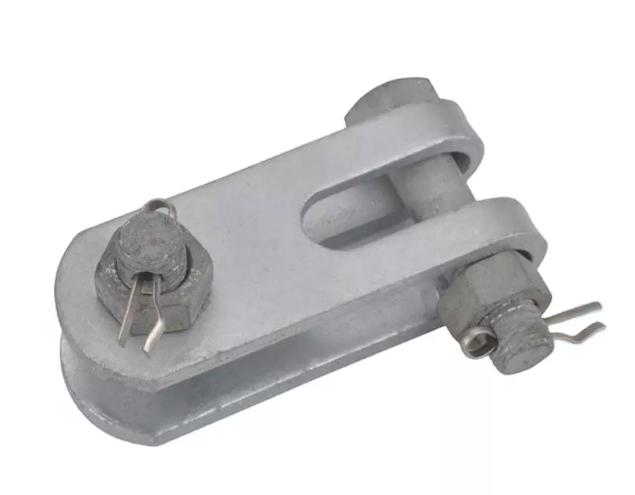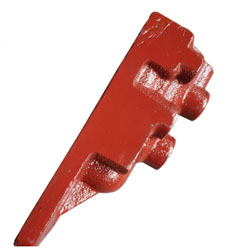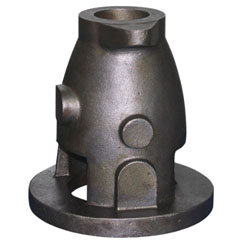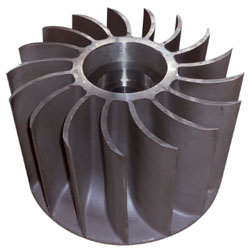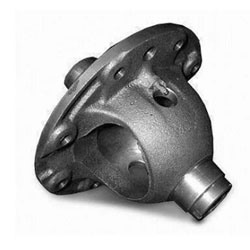Electric Power Equipment
- Leehwa Casting was established in 1996, it produces Clay Sand Casting.
- It is one of the most professional Sand Casting Manufacturers and Suppliers.
- Leehwa Casting provides 5 years sand casting Warranty.
- Leehwa Casting is the top sand casting manufacturers in China.
- Leehwa Casting is the best sand casting Manufacturers for sand casting.
Your Premier
Marine Hardware Manufacturers and Suppliers
Sand Casting
Sand Casting factory from Dongying, China,more about steel casting Products and clay sand castings from Leehwa Casting.
Sand Casting
Sand Casting factory from Dongying, China,more about steel casting Products and clay sand castings from Leehwa Casting.
Sand Casting
Sand Casting factory from Dongying, China,more about steel casting Products and clay sand castings from Leehwa Casting.
Sand Casting
Sand Casting factory from Dongying, China,more about steel casting Products and clay sand castings from Leehwa Casting.
For more than 30 years, Leehwa Casting only do one thing, it produce sand casting products: Investment Casting. It is one of the most professional suppliers and manufacturers in Shandong ,China. Leehwa Casting has the advanced technology and machinery to make sand casting ranks best in quality. Leehwa Casting ranks on top in Chinese sand casting manufacturers. We help many customers to make their sand castings. and finished more than 10000 tons sand castings in 2019. We have a wide range applications on the sand casting products. Contact us now for quotation.
Send us your requirements, Let Huifeng support you.
Electric Power Equipment: The Complete Guide for Importers and Buyers
Electric power equipment plays a critical role in generating, transmitting, distributing, and controlling electrical power. As the global demand for electricity continues to grow, importers and buyers of electric power equipment face the challenge of selecting the right products to meet their specific needs. This comprehensive guide aims to provide essential information for importers and buyers to make informed decisions when procuring electric power equipment.
- Understanding Electric Power Equipment: 1.1 Overview of Electric Power Equipment: Provide an introduction to electric power equipment, including transformers, generators, switchgear, circuit breakers, and control systems, highlighting their roles in power generation, distribution, and control. 1.2 Types of Electric Power Equipment: Discuss different types of electric power equipment, such as transmission equipment, distribution equipment, and control equipment, along with their specific applications and functionalities.
- Considerations for Selecting Electric Power Equipment: 2.1 Power Capacity and Voltage Rating: Evaluate the power capacity and voltage rating requirements based on the specific application and load demand, ensuring that the chosen equipment can handle the expected electrical loads. 2.2 Reliability and Performance: Assess the reliability and performance of the equipment by considering factors such as efficiency, durability, operational safety, and adherence to industry standards and certifications. 2.3 Compatibility and Integration: Ensure compatibility and seamless integration of the equipment with existing power systems, considering factors like communication protocols, control interfaces, and interoperability. 2.4 Future Scalability and Expansion: Anticipate future growth and scalability needs, considering the flexibility of the equipment to accommodate increased power demands and additional functionalities.
- Quality Assurance and Standards: 3.1 Supplier Evaluation: Evaluate suppliers based on their reputation, track record, manufacturing capabilities, and adherence to international quality standards, such as ISO 9001 and IEC standards. 3.2 Testing and Certification: Ensure that the equipment meets relevant testing and certification requirements to guarantee safety, reliability, and compliance with regulatory standards. 3.3 Documentation and Warranty: Verify that the supplier provides comprehensive documentation, including user manuals, technical specifications, and warranty terms, to support proper installation, operation, and maintenance of the equipment.
- Energy Efficiency and Environmental Considerations: 4.1 Energy Efficiency: Consider the energy efficiency ratings and features of electric power equipment to reduce energy consumption, minimize operating costs, and comply with energy efficiency regulations. 4.2 Environmental Impact: Evaluate the environmental impact of the equipment, such as emissions, noise levels, and the use of environmentally friendly materials, ensuring compliance with environmental regulations and sustainability goals.
- Integration of Smart Grid Technologies: 5.1 Smart Grid Compatibility: Assess the compatibility of the equipment with smart grid technologies, such as advanced metering infrastructure, demand response systems, and distributed energy resources integration, enabling efficient power management and grid optimization. 5.2 Data Communication and Monitoring: Consider equipment that supports data communication protocols, enabling real-time monitoring, diagnostics, and remote control for enhanced power system visibility and management.
- Maintenance and Support: 6.1 Maintenance Requirements: Evaluate the maintenance requirements of the equipment, including recommended maintenance schedules, spare parts availability, and the supplier’s support in providing technical assistance and training. 6.2 After-Sales Service: Assess the supplier’s after-sales service capabilities, including warranty coverage, repair services, and responsiveness to address any equipment issues or failures.
- Industry Regulations and Compliance: 7.1 Electrical Safety: Ensure that the equipment meets electrical safety regulations and standards, such as IEC 61439 for switchgear and IEC 62271 for high-voltage equipment, to guarantee the safety of personnel and property. 7.2 Grid Interconnection Requirements: Consider the equipment’s compliance with grid interconnection requirements, such as utility codes and regulations, to ensure seamless integration into the existing power grid infrastructure and to facilitate smooth operation and grid stability.
Cost Considerations: 8.1 Initial Investment: Evaluate the initial investment required for the purchase of electric power equipment, considering factors such as equipment cost, installation expenses, and any additional infrastructure requirements. 8.2 Total Cost of Ownership: Consider the total cost of ownership over the equipment’s lifecycle, including maintenance, operating costs, energy consumption, and potential downtime or production losses. 8.3 Return on Investment (ROI): Assess the potential ROI by evaluating the long-term benefits of energy savings, improved reliability, increased efficiency, and reduced maintenance costs associated with the selected equipment. - Emerging Technologies and Trends: 9.1 Renewable Energy Integration: Explore the integration of electric power equipment with renewable energy sources such as solar and wind, enabling efficient power generation and grid integration. 9.2 Energy Storage Solutions: Discuss the role of electric power equipment in energy storage systems, such as batteries and advanced energy storage technologies, to support grid stability, load management, and renewable energy integration. 9.3 Grid Modernization: Highlight the importance of electric power equipment in grid modernization efforts, including grid automation, advanced metering infrastructure, and intelligent distribution systems, to improve power reliability, efficiency, and resiliency.
- Case Studies: 10.1 Power Generation: Provide case studies showcasing the selection and implementation of electric power equipment for power generation applications, such as power plants, renewable energy projects, and microgrids. 10.2 Transmission and Distribution: Explore real-world examples of electric power equipment used in transmission and distribution networks, including substations, transformers, switchgear, and protective devices. 10.3 Industrial Applications: Discuss case studies focusing on the use of electric power equipment in industrial applications, such as manufacturing facilities, data centers, and critical infrastructure, emphasizing the specific equipment requirements and challenges faced.
Conclusion:
As the demand for reliable and efficient electrical power continues to grow, importers and buyers of electric power equipment must make informed decisions to meet their specific needs.
This complete guide provides a comprehensive overview of electric power equipment, covering aspects such as understanding the equipment, considerations for selection, quality assurance, energy efficiency, smart grid integration, maintenance and support, industry regulations, cost considerations, emerging technologies, and case studies.
By leveraging this guide, importers and buyers can navigate the complex landscape of electric power equipment procurement, ensuring the acquisition of high-quality equipment that meets their requirements for efficient and reliable power generation, transmission, distribution, and control.

